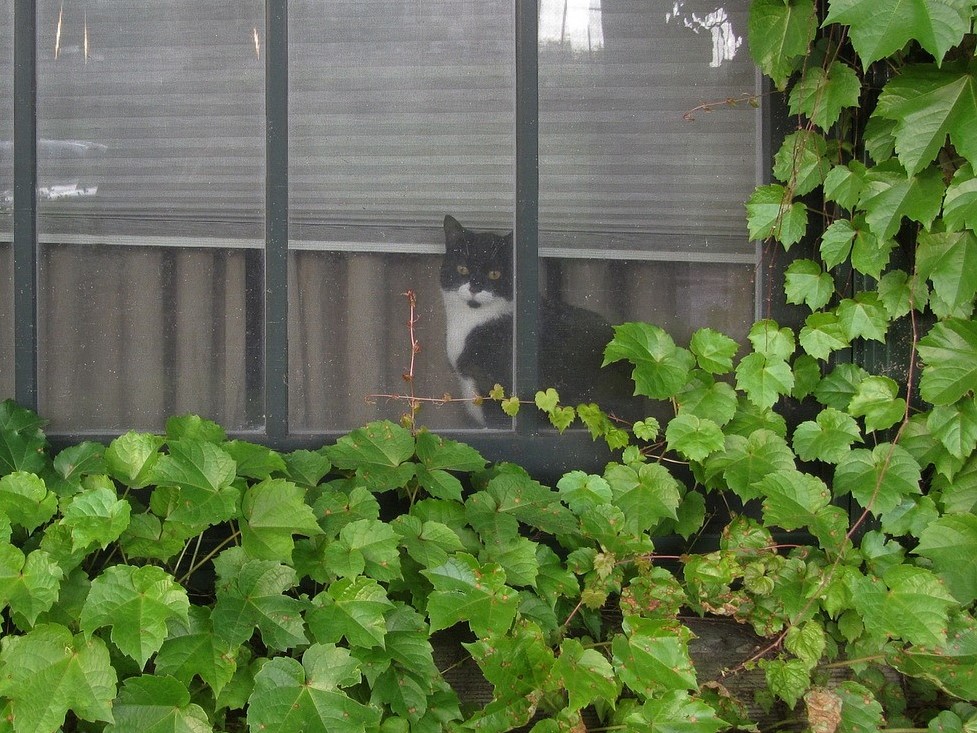-
Indoor cats are safer but are they happier?

Some animal behaviourists, animal welfare organisations and experts are advocating that cats should be kept permanently indoors as they will live longer, healthier and happier lives by being protected from external dangers and do not suffer any physical, mental or behavioural harm by doing so. The Humane Society of the United States (HSUS) even claim…